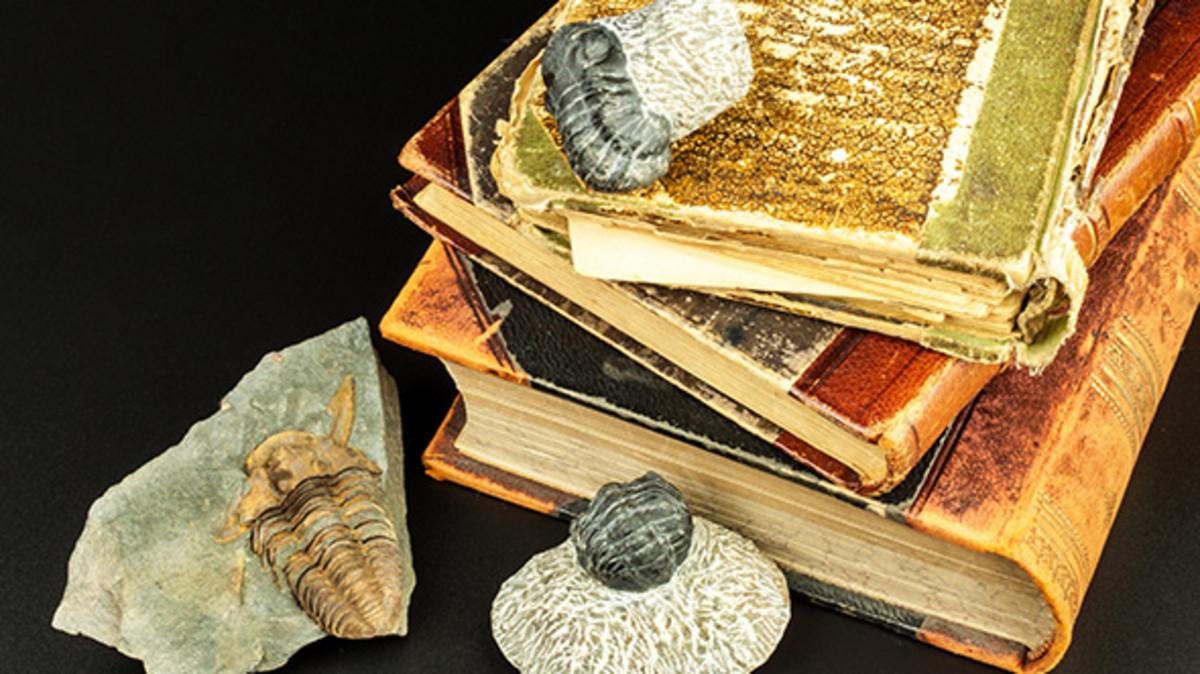Raman Imaging and Spectrometers
HORIBA Scientific is the world leader in Raman spectroscopy, with the benefits of more than 50 years of innovation in the technique.
<< Back to the Raman XPerience Newsletter articles
By Hajar Elazri, Application Scientist, HORIBA France
Art serves as a window into the past, offering insights into the cultural, historical, and technological contexts of different eras. The preservation and study of art are crucial for understanding our heritage and the evolution of human creativity. In this pursuit, non-destructive analytical techniques are essential for examining artworks without compromising their integrity.
Raman and X-ray fluorescence (XRF) spectroscopies are two such techniques that have become vital in the field of art analysis. Raman spectroscopy provides detailed information on the molecular composition of pigments and materials, while XRF spectroscopy reveals the elemental makeup, allowing us to trace the origins of the materials used by artists.
Martin A. Zieman, Juan Manuel Madariaga [1]
Raman spectroscopy, a crucial tool in art, is highlighted by a surge in research papers and dedicated events like the biennial International Congress on the Application of Raman Spectroscopy in Art and Archaeology (RAA). The 10th congress (RAA2019) in Potsdam demonstrated global interest, bringing together researchers from diverse fields, to explore Raman applications in art history, archaeology, conservation, and more.
This special issue from The Journal of Raman Spectroscopy showcases 20 selected manuscripts from the congress, offering insights into material characterization, conservation challenges, Raman spectroscopy of organic-based materials, and applications in archaeology and forensics, reflecting the dynamic and expanding role of Raman spectroscopy in the art and archaeology landscape.
Micro-Raman spectroscopy emerges as a powerful tool in art and archaeology, offering non-invasive insights into various cultural heritage materials. Its ability to reveal unexpected pigments, such as calomel in Western European art, showcases and emphasizes its importance. The technique proves versatile in characterizing materials like medieval enamels, decorative tiles, and zircon metamictization.
Cut through a painting showing different layers and separated pigments
Jigang Wang, Shengcai Hao, Wenhua Zhou, Xiaokun Qi, and Jilong Shi [2]
This article emphasizes the significant role of optical methods, particularly using HORIBA instruments, in non-destructive testing for paintings. Various tasks, such as revealing underdrawings, visualizing degraded pigments, and distinguishing between authentic and retouched sections, are addressed. Chinese traditional painting pigments, including inorganic mineral and organic plant pigments, are studied using Laser Confocal Raman Spectrometer (HORIBA XploRA), Energy Dispersive X-ray Fluorescence Microscope Analysis (HORIBA XGT-5000II), and three-dimensional video microscopy. The instruments provide insights into the morphology and material construction, identifying specific pigments like Paris green and Iron oxide red. The study on paintings specifically reveals that the dark yellow area within decorative patterns results from the interaction of Emerald green and hematite, while the bright yellow edge area is delineated by Cu–Zn–Pb composition. By determining the first synthesized time of ultramarine blue and Paris green, the completion time of the painting can be identified. The article presents the principles of Pigment subtractive colorant and the nitikaset method to aid in interpreting these results. The combination of optical testing with cultural relic identification presents a potential method to successfully build an expert identification system.
A series of dragonfly eye beads unearthed from the tomb of Chu, a Chinese nobleman during the early Warring States period.
Junqing Dong, Qinghui Li, and Yongqing Hu [3]
In this study, a comprehensive analysis of an ancient eye bead from the Early Warring States Period was conducted using non-destructive techniques such as swept source Optical Coherent Tomography (Santec HSL-2100), micro-X-Ray Fluorescence (HORIBA XGT-9000), and micro-Raman Spectroscopy (HORIBA XploRA).
The bead exhibited a sky-blue body, dark blue pupil, and ochre circle pattern. OCT provided 3D pseudo-color images revealing the internal structure, with varying transmissivity and uniformity among color regions. 2D-OCT images showcased scattering particles and bubbles, particularly in the dark blue eyeball.
Chemical composition analysis through micro-X-Ray Fluorescence revealed variations in fluxing agents and colorants across different regions. The presence of elements like Co, Cu, Fe, Mn, and Sb was linked to specific colors.
The micro-Raman Spectroscopyidentified amorphous states and crystal phases, such as calcium antimonate and oligoclase, contributing to the opacification and coloration of the bead.
The combined use of these techniques allowed for a comprehensive understanding of the bead's structure, composition, and craftsmanship, revealing its production through stratified hot-working technology. The findings suggest the bead's origin as a western ancient natron-type soda-lime glass, possibly introduced to China through cultural and economic exchanges about 1400 years ago.
The study highlights the complementarity of the employed techniques in non-destructive analysis of cultural heritage artifacts.
[1] Ziemann, M. A., & Madariaga, J. M. (2021). Applications of Raman spectroscopy in art and archaeology. Journal of Raman Spectroscopy, 52(1), 8-14.
[2] Wang, J., Hao, S., Zhou, W., Qi, X., & Shi, J. (2016). Research based on optical Non-destructive testing of pigment identification. Journal of Nanoscience and Nanotechnology, 16(4), 3583-3586.
[3] Dong, J., Li, Q., & Hu, Y. (2020). Multi-technique analysis of an ancient stratified glass eye bead by OCT, μ-XRF, and μ-Raman spectroscopy. Chinese Optics Letters, 18(9), 090001.
Do you have any questions or requests? Use this form to contact our specialists.


